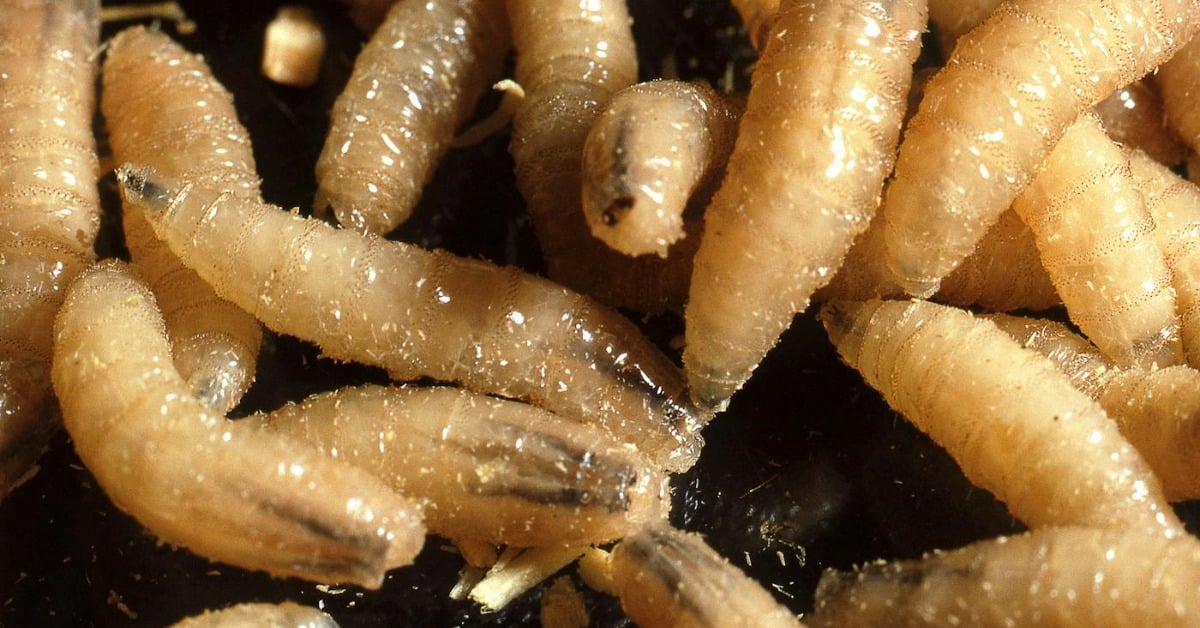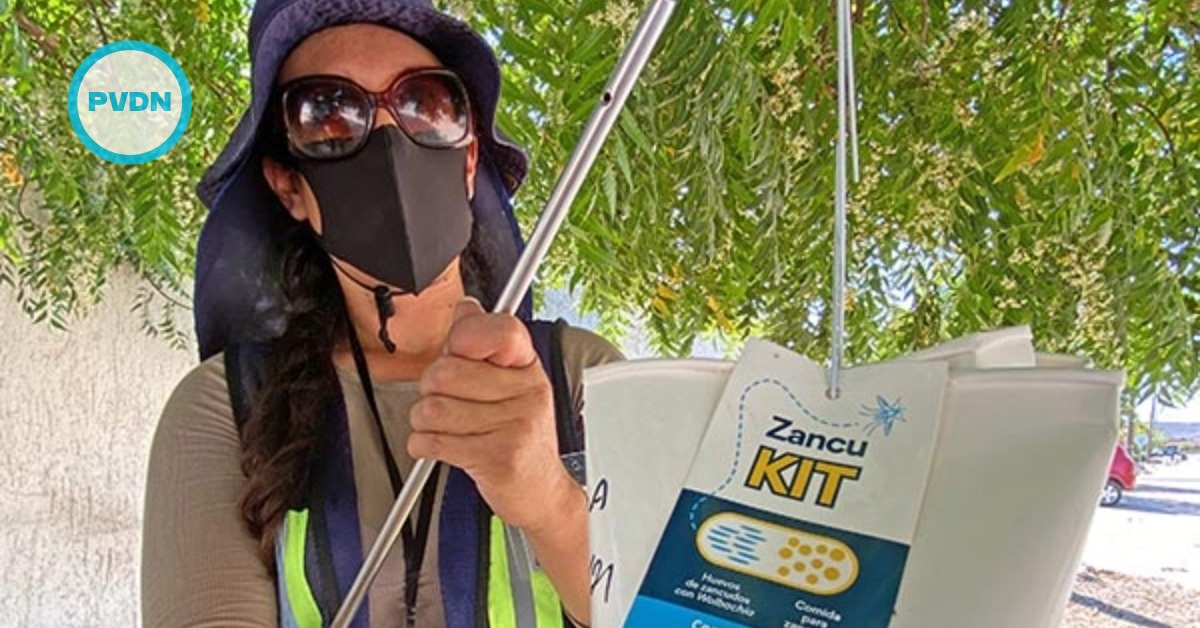Campeche, MEX — Health authorities in Mexico have confirmed the country’s first known human fatality caused by the screwworm parasite, a flesh-eating fly larva that primarily infests livestock. An 86-year-old man in the southern state of Campeche died in late June after developing a severe tissue infection (myiasis) caused by Cochliomyia hominivorax, commonly called the New World screwworm. Officials noted that while the patient’s official cause of death was complications from skin cancer, the screwworm infestation contributed significantly and has been recorded in epidemiological surveillance as a screwworm-related . . .





